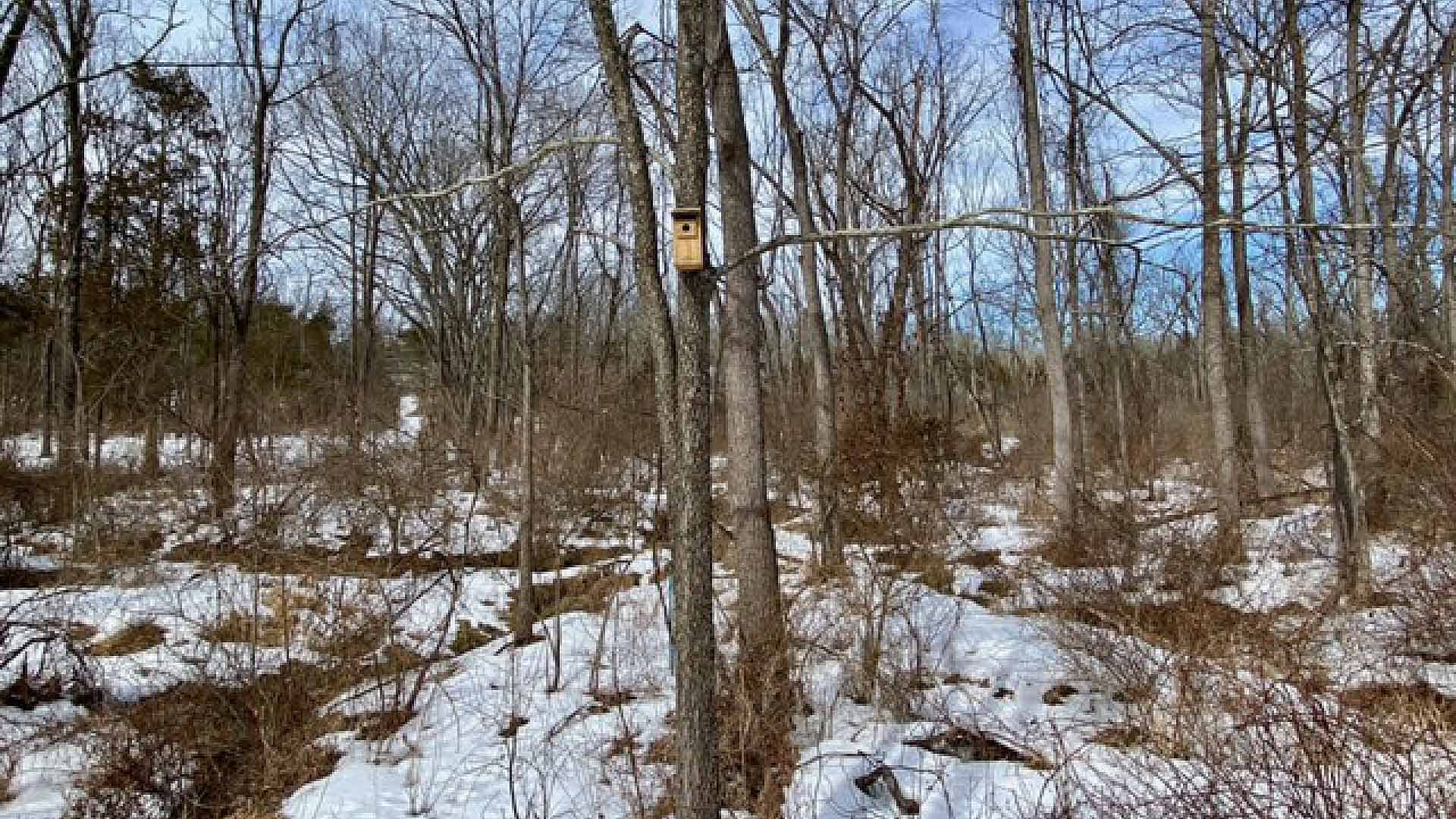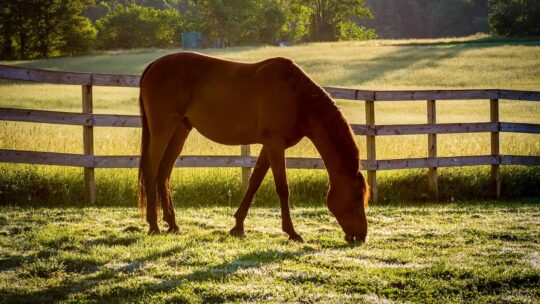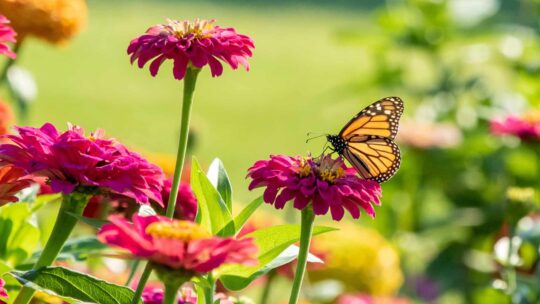
There are few birds quite like woodpeckers. And, if you’re interested in building a nesting box to help bring them into closer view, ambassador Grae Buck has the lowdown you need. Namely, selecting and building the specific nesting box best suited for any of the 17 North American woodpecker species likely to take up residency in your backyard.
Woodpeckers are unique in a number of ways. For starters, their bold colors and personalities bring beauty to virtually any backyard. And, because they consume a myriad of wood-boring garden and arboreal insects, they bring balance to outdoor spaces in the process.
However, since woodpeckers are cavity-nesting birds that roost in dying or dead trees, some may see them as a liability. When dead trees are removed for safety or aesthetic reasons, woodpecker-nesting cavities are removed, as well.
Although woodpeckers share a number of common traits, it’s important to understand that all species don’t share the same habitat or nesting preferences. So be sure to construct and place a nesting box that’s most conducive to your specific woodpecker species.
When researching construction specifications, important size considerations include interior dimensions, entrance height above the floor, and hole diameter.
Woodpecker Nesting Box Building Materials
If possible, build your woodpecker nesting box with treated wood to mitigate rot and galvanized nails to prevent rust. A box made of metal, plastic, or synthetic materials won’t provide adequate insulation for woodpeckers to properly incubate their eggs. If painting your box, steer clear of bright colors to help deter predators. Instead, go with a neutral color, and apply it only to the box’s exterior.
Construction Tips for Woodpecker Nesting box
To ensure your woodpecker nesting box sheds precipitation, construct the roof at an angle, with an ample front and side overhang. Drilling several ¼” holes in the floor of the box can provide drainage for any moisture that may find its way in. Drilling additional small holes in the side (just below the roof) will help provide ventilation. Don’t install perches on your nesting box, as doing so will give predators an easy place to hang out.
Installation Timeline
Woodpeckers in the south begin nesting in the spring and continue through summer. So, you’ll want to install their nesting boxes by mid-February. If you live in more northern climes where woodpeckers nest by mid-March, it’ll be best to install their boxes in the fall.
Installation Location

Mount your woodpecker nesting box securely to either a tree trunk (live or dead) or a post, but never in a free-hanging fashion. Birds—especially woodpeckers—will avoid nesting boxes that aren’t securely mounted. If you do decide to mount it to a post, be sure to install a predator guard/baffle.
Make sure your nesting box entrance faces away from prevailing winds, ideally in a north-to-southeast direction. Since cavity-nesting birds often defend their territory, space your nesting boxes at least 50 yards apart and eight to 20 feet off the ground in a quiet backyard area.
Ultimately, the best box install location will depend on the woodpecker species. Flickers prefer open park settings with daylight, while Downy and Hairy woodpeckers prefer quiet, open deciduous forests. So, again, place your box according to the type you want to attract.
Having trouble getting takers? Try mounting some bark on the outside of the house to camouflage it with its surroundings. Woodpeckers also excavate cavities as part of their courtship, so filling the box floor-to-ceiling with tightly-packed wood chips can encourage nesting box use.
Woodpecker Nesting Box Cleaning Tips
Your nesting boxes should be cleaned out through the spring and summer, and after each brood gets its wings, to prevent the spread of avian diseases. You may want to install a clean-out flap on your woodpecker nesting box, either with a removable roof or floor.
Don’t get discouraged if your box is vacant for a while, as it may take some time for your feathered friends to discover and inhabit it.
If you’re interested in nesting box construction specifications for specific woodpecker species, the Cornell Lab of Ornithology NestWatch website is a terrific resource. Happy birding!



